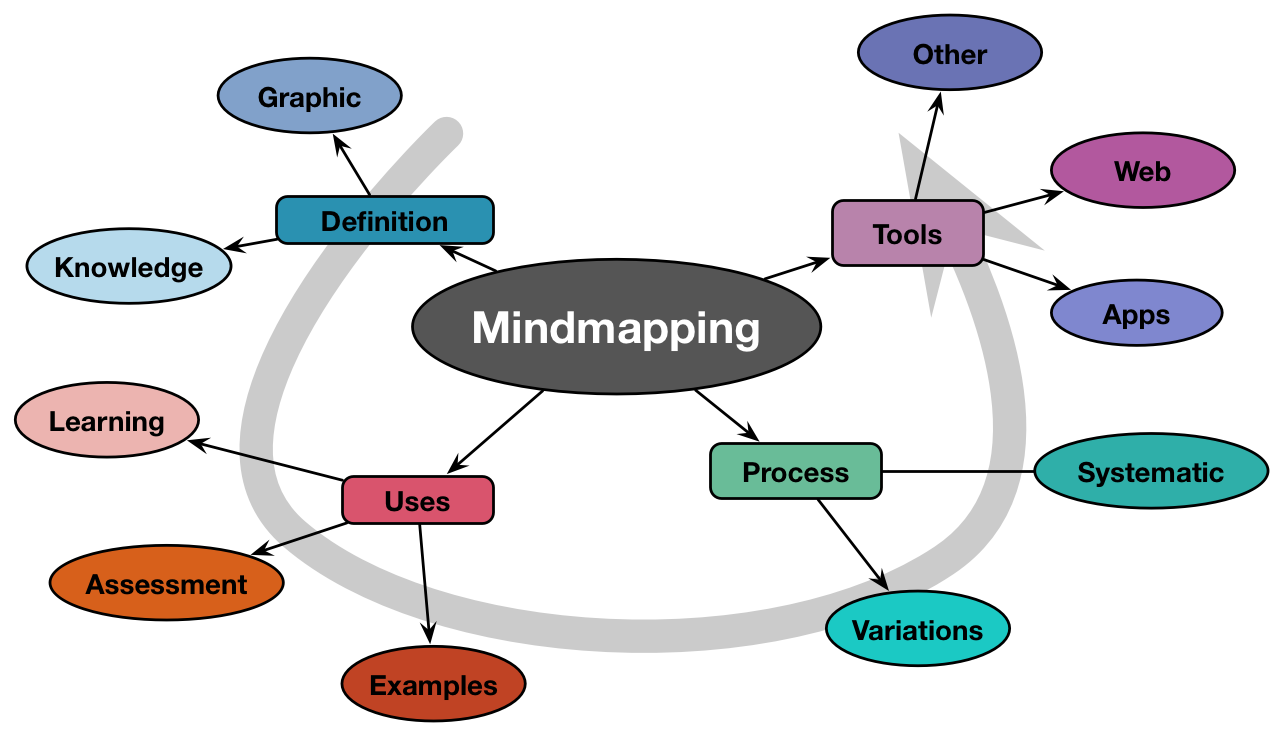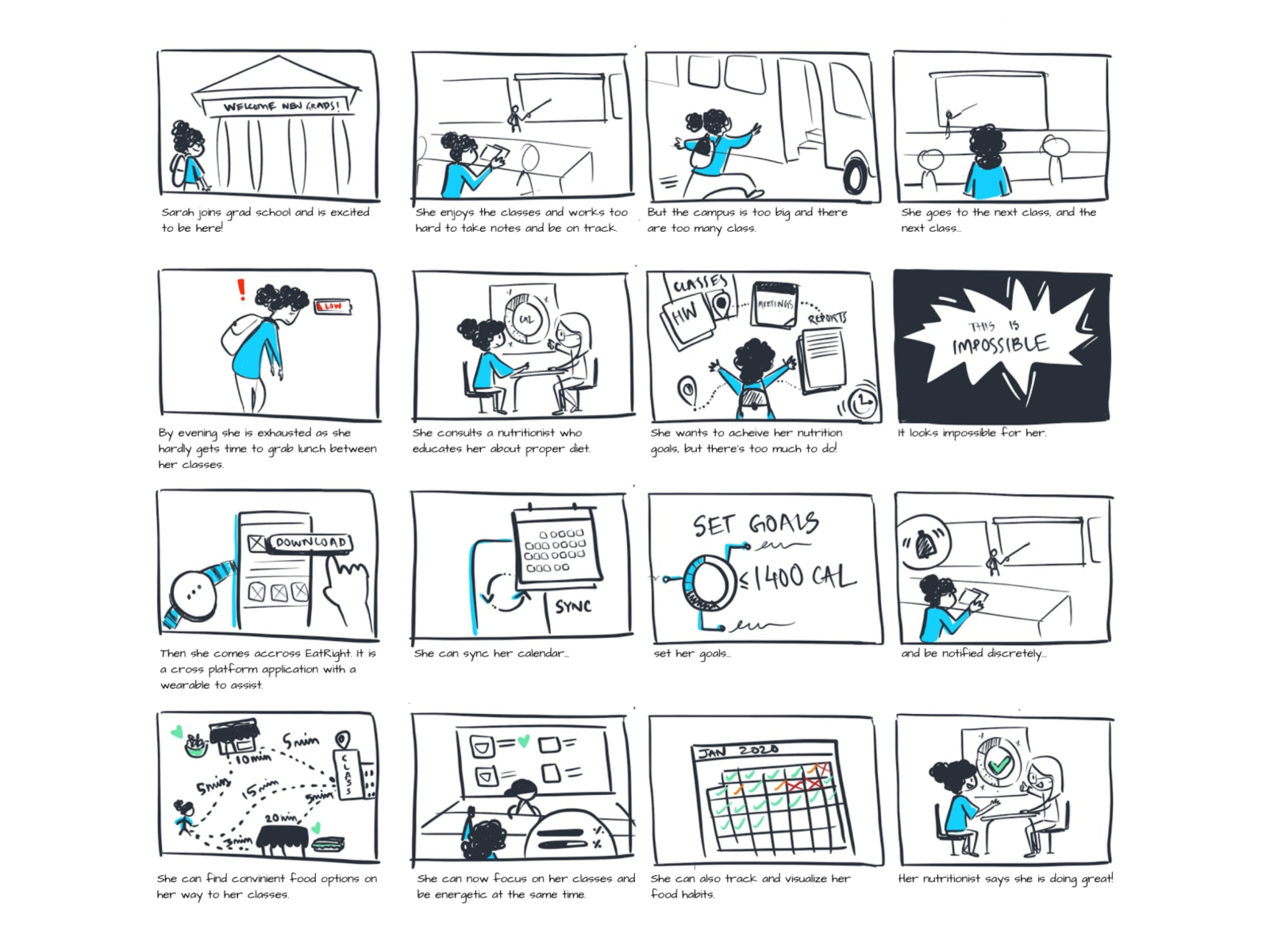What is Design Thinking
Design Thinking is an iterative, problem-solving process that seeks to understand users, challenge assumptions, and redefine problems in an attempt to identify alternative solutions that may not be initially apparent. It involves a mindset that focuses on human-centered solutions, encouraging designers to focus on the user's needs, thoughts, emotions, and behaviors. Rather than starting with a technical problem, Design Thinking begins with the lives of the people for whom the product or service is intended.
Core Principles of Design Thinking
-
** Human-Centric Focus**
At the heart of Design Thinking is the human being. A human-centric focus implies that all design and innovation processes should start with an understanding of the people who will use the product or service. This understanding encompasses the cognitive, emotional, and physical needs of the users. It ensures that solutions are not only functional but also provide emotional value and improve the quality of life. -
Collaboration
Design Thinking thrives on collaboration. Bringing together individuals from diverse backgrounds and areas of expertise leads to a richer array of insights and ideas. Collaboration is not only amongst team members but also with stakeholders, clients, and especially the end-users. Involving the end-users through the design process ensures that the solutions developed are aligned with their actual needs. -
Iteration
Design Thinking is an iterative process. This means that it is not a linear process with a fixed beginning and end. Instead, it involves repeatedly going through the five stages – empathize, define, ideate, prototype, and test – as new insights are gained, and understanding evolves. Iteration allows for continuous refinement and improvement of ideas and solutions. -
Diverse Perspectives
Encouraging diverse perspectives is central to Design Thinking. When individuals with different experiences, expertise, and viewpoints come together, they bring unique insights that contribute to a richer understanding of the problem and more innovative solutions. -
Experimentation
Experimentation involves taking risks and learning through doing. In Design Thinking, prototyping is a form of experimentation where ideas are brought to life with the purpose of testing and learning. Through experimentation, designers can quickly validate ideas, learn from failures, and refine their approach.
Five Stages of Design Thinking
-
Empathize
The Empathize stage is the foundation of the Design Thinking process. It involves immersing oneself in the world of the user to understand their experiences, needs, emotions, and context. This can be achieved through interviews, surveys, observations, or even experiencing the product or service firsthand. By empathizing with users, designers can uncover insights that lead to human-centered solutions. -
Define
In the Define stage, the information gathered in the Empathize stage is synthesized to clearly articulate the problem that needs to be addressed. This often involves reframing the problem from the user’s perspective. It is crucial at this stage to ensure that the problem is user-centric and is based on actual user needs and not just business goals or technological capabilities. -
Ideate
The Ideate stage is where creativity comes into play. In this stage, the team generates as many ideas as possible to address the defined problem. Techniques like brainstorming, mind mapping, or even drawing can be employed. The goal is to think outside the box and not be constrained by existing solutions. Quantity is valued at this stage as it increases the likelihood of finding innovative solutions. -
Prototype
Prototyping involves creating a scaled-down version of the product or solution. This can range from something as simple as a sketch or a cardboard model to more sophisticated digital mockups. The prototype should be just sufficient to be shared with users and stakeholders for feedback without investing too much time or resources. -
Test
Testing is the final stage of the Design Thinking process. Here, the prototypes are presented to the users and stakeholders for feedback. It is critical to observe how they interact with the prototype and to listen to their feedback. This stage is not just about validating the solution but also about learning and gathering insights that can be used to refine the solution.
Tools and Techniques
-
Brainstorming
Brainstorming is a creative technique used in the Ideate phase to generate a large number of ideas. It involves gathering a diverse group of people and encouraging them to freely share their thoughts and ideas without any judgment or criticism. -
Mind Mapping
Mind Mapping is a visual tool used to structure information, helping to better analyze, comprehend, synthesize, recall, and generate new ideas. In the context of Design Thinking, it can be particularly useful during the Define stage to synthesize insights or during the Ideate stage to explore how different ideas are connected.
- Storyboarding
Storyboarding is a technique that consists of visualizing the user's experience by using a series of illustrations or images. This tool can be especially helpful in the Prototype stage, where designers can outline the user's journey through the solution.
-
Prototyping Tools
Prototyping tools are software or materials that can be used to create a tangible representation of your solution. In the Prototyping stage, these tools can range from paper and pencils to create sketches, to sophisticated software like Adobe XD, Sketch, or Figma for creating high-fidelity digital prototypes. -
Feedback Loops
Feedback loops involve the systematic gathering of feedback from users and stakeholders. This tool is essential in the Testing phase. Methods for gathering feedback include interviews, surveys, and usability testing. Feedback loops help designers understand what works and what doesn’t, and the insights gained are invaluable for refining the product or solution.
Case Study: Applying Design Thinking to Improve Hospital Patient Experience
I will introduce how a mid-sized hospital used Design Thinking to improve the patient experience in their facility. The hospital had been facing issues such as long waiting times, lack of clear communication, and overall dissatisfaction among patients. By employing Design Thinking, the hospital aimed to address these problems and create a more patient-centered environment.
Empathize: Understanding the Patient's Perspective
To understand the challenges patients faced, the hospital formed a cross-functional team comprising doctors, nurses, administrative staff, and even some patients. This team conducted in-depth interviews with patients, observed their interactions with the hospital staff and their surroundings, and participated in role-play scenarios to empathize with the patients’ experience.
Some of the insights gathered included:
- Patients often felt anxious and confused about where to go.
- Waiting times were long and waiting areas were uncomfortable.
- Communication between staff and patients was inconsistent.
Define: Framing the Problem
Using insights from the Empathize stage, the team synthesized the information to define the core problem they needed to address:
How might we improve the hospital experience to reduce patient anxiety and dissatisfaction by streamlining processes, improving comfort, and enhancing communication?
Ideate: Generating Potential Solutions
The team engaged in brainstorming sessions to generate a wide array of possible solutions to the problems identified. Some of the ideas generated included:
- A digital check-in system to streamline the admission process.
- Color-coded zones in the hospital to help patients navigate easily.
- Training for staff in communication and patient engagement.
- Creating more comfortable waiting areas with access to amenities like water, magazines, and charging stations.
Prototype: Bringing Ideas to Life
The team selected a few ideas for prototyping. For the digital check-in system, they created a mock-up of the interface on paper. For the color-coded zones, they made a miniature model using colored paper and markers. For staff training, they created a pilot training module. And for the waiting area improvements, they re-arranged a small section of the existing waiting area with the proposed amenities.
Test: Validating the Solutions
With the prototypes ready, the team initiated the testing phase. They invited patients and staff members to use the digital check-in mock-up, navigate the miniature model, participate in the training module, and experience the improved waiting area.
The feedback was invaluable. Patients loved the idea of a digital check-in but wanted it to be very intuitive. The color-coded zones were well-received. The training module for staff was appreciated but needed some tweaks. The improvements in the waiting area were highly commended.
Implement and Iterate
Based on the feedback, the team refined their prototypes and started implementing the solutions in the hospital. They installed a digital check-in system, painted and placed signage for the color-coded zones, conducted a hospital-wide communication training program, and renovated the waiting areas.
The team continued to gather feedback post-implementation and iteratively made improvements.
Results and Conclusion
After implementing Design Thinking, the hospital saw significant improvements in patient satisfaction scores. The waiting times were reduced, the patients felt more at ease navigating the hospital, communication improved, and the waiting areas became more comfortable.

